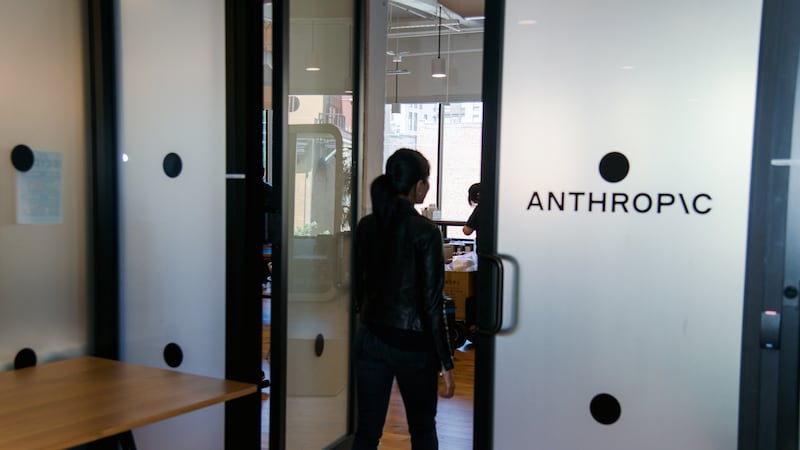Was it just two weeks of handshakes and photo ops or will something positive come from Cop26?
Global leaders and their negotiating teams recently rode into Glasgow with the very serious mandate to take meaningful action immediately to reduce the impact of climate change. However, past Conference of the Parties (Cop) meetings have promised much and unfortunately delivered very little beyond unmet self-policed targets. So will the follow-on from Cop26 be any different?
There are some positives – renewing commitment to the Paris agreement targets, halting de-forestation, tackling methane emissions, additional countries signing up, and co-operation agreements. On our turf, Ireland has signed up to most, if not all the commitments of the Cop26 agreements and had already started the journey by adopting the new Climate Action and Low Carbon Development Bill earlier this year, along with announcing the new Climate Action Plan. So now it’s up to us to make good on our promises and commitments.
If we are to achieve the goals set at Cop26, then we must start with the first step – meet the Irish target of achieving 51 per cent greenhouse gas reduction by 2030. That means slashing emissions by half in eight years.
If that sounds too difficult as a first step, it’s only because we have failed to make any significant changes to meet much smaller goals in the past, and it will only get more difficult, if not become impossible, if we don’t take serious action now. For that to happen, Cop26 must be a turning point for the biggest contributor – the building sector, which is responsible for 40 per cent of global CO2 emissions.
How we see it
Our best advice for building owners and developers is simple. This issue is not going away. As every month goes by, the task becomes ever greater. The path to achieving the required goals is to work now on anticipating the imminent regulations and producing an action plan to deliver the required targets. Apart from the obvious need to mitigate climate impacts, failure to take action will inevitably lead to a reduction in overall building value and lettability.
The Irish market is not without shortfalls. We have seen inadequate implementation of technology, less than optimal operation of buildings, poor maintenance of systems and meagre engagement with tenants, especially in the older building stock. A shortage of specialised technicians, architects and engineers is also a factor to overcome.
Regardless of what motivates you, Ireland has enough to keep us hopeful. There is access to technology and the latest equipment, available renewable resources and free cooling, stringent energy code, supportive government and financial incentives, demanding corporate clients and an equally rewarding market return, and an abundance of colleges and technical schools to hone and upskill the workforce.
How we do it
When I meet clients for a coffee, their first question is “How do we start?”. The answer is to find out where you need to be in 2030 to meet the targets, and then cast back where you should be today, and every day, for the next eight years to succeed. Then devise the plan to keep you on track to achieve that.
These comprehensive action plans must have ambitious targets and an end goal to deliver real on-the-ground change to reduce carbon emissions and waste, lower pollution, boost biodiversity and ultimately make buildings and cities more sustainable and resilient.
Commitments alone are not enough – delivering on these targets must be a key measure of the business success.
The recent news that both the US and Chinese governments have agreed to work together on climate change targets highlights a vital perspective. We must seek out all potential allies to succeed in this journey, up and down the supply chain, governments, NGOs, communities, clients and even competitors.
Ultimately, it is up to us, each one of us, if something positive is to come from Cop26. If there is one thing we have learned in the past two years during the Covid-19 pandemic, it is that our ability to change and adapt drastically in the face of existential threats is far beyond what we thought it would be.
There is no greater existential threat than climate change. Let’s find the cure, and we must start now.
Rami Nassar is head of sustainability with JLL














